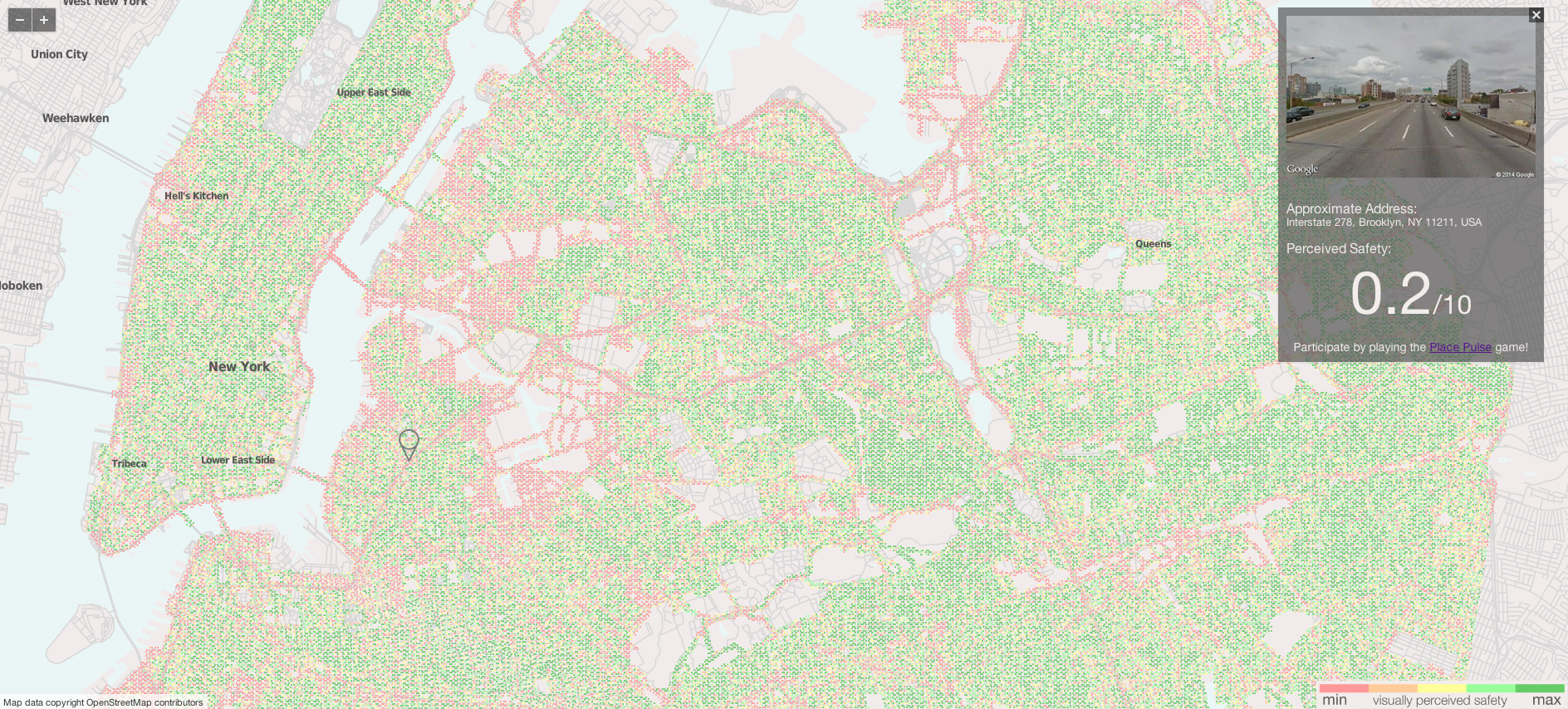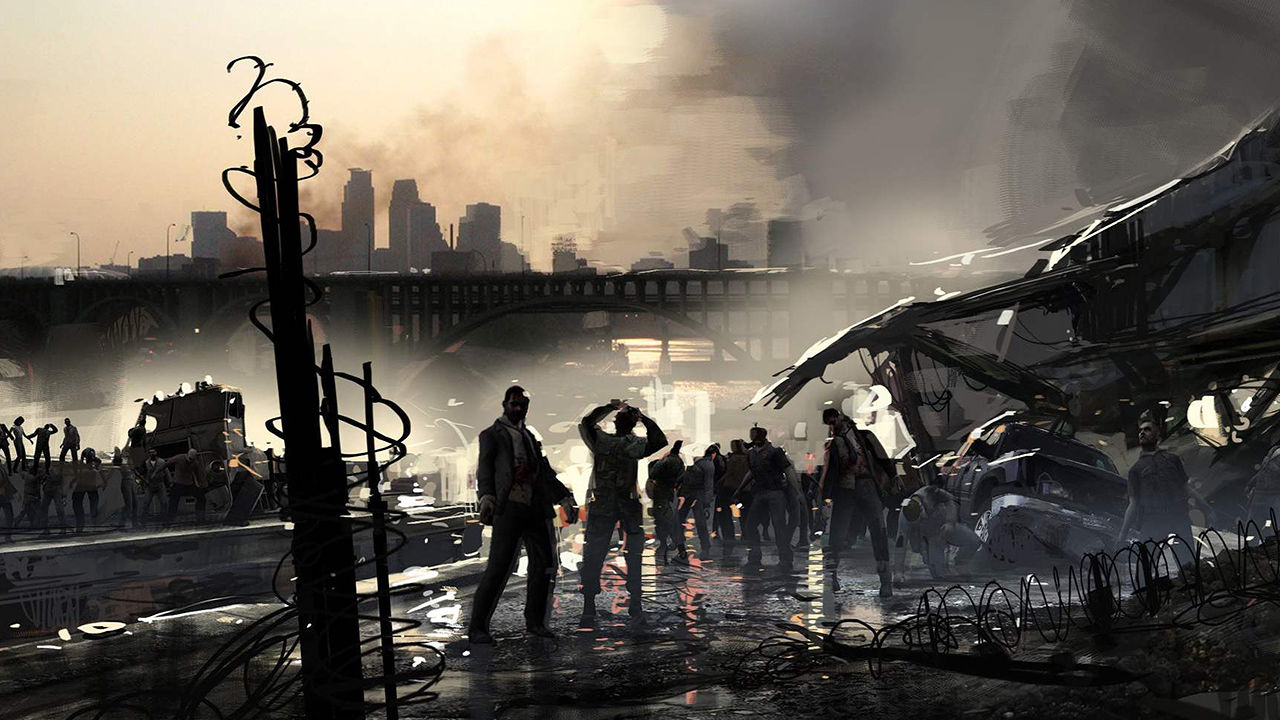Women used public transit more often and made more trips on foot than men. They were also more likely to split their time between work and family commitments like taking care of children and elderly parents. Recognizing this, city planners drafted a plan to improve pedestrian mobility and access to public transit.
Additional lighting was added to make walking at night safer for women. Sidewalks were widened so pedestrians could navigate narrow streets. And a massive staircase with a ramp running through the middle was installed near a major intersection to make crossing easier for people with strollers and individuals using a walker or a wheelchair.










